Grow Broccoli at Home? Absolutely! Imagine stepping into your backyard and harvesting crisp, vibrant broccoli florets, ready to be steamed, roasted, or tossed into a delicious salad. It’s not just a dream; it’s an achievable reality with a few simple tricks and a little DIY spirit. For centuries, broccoli has been a nutritional powerhouse, enjoyed by cultures around the globe, from its origins in ancient Rome to its modern-day popularity as a superfood.
But let’s be honest, buying broccoli from the store can sometimes be a gamble. You never quite know how long it’s been sitting on the shelf, and the price can fluctuate wildly. That’s where the magic of home gardening comes in! I’m here to share some easy-to-follow DIY hacks that will empower you to grow broccoli at home, even if you have limited space or gardening experience.
This article is your ultimate guide to cultivating your own thriving broccoli patch. We’ll cover everything from seed selection and soil preparation to pest control and harvesting techniques. So, ditch the grocery store broccoli and get ready to enjoy the satisfaction of growing your own fresh, healthy, and delicious broccoli right in your backyard. Let’s get started!
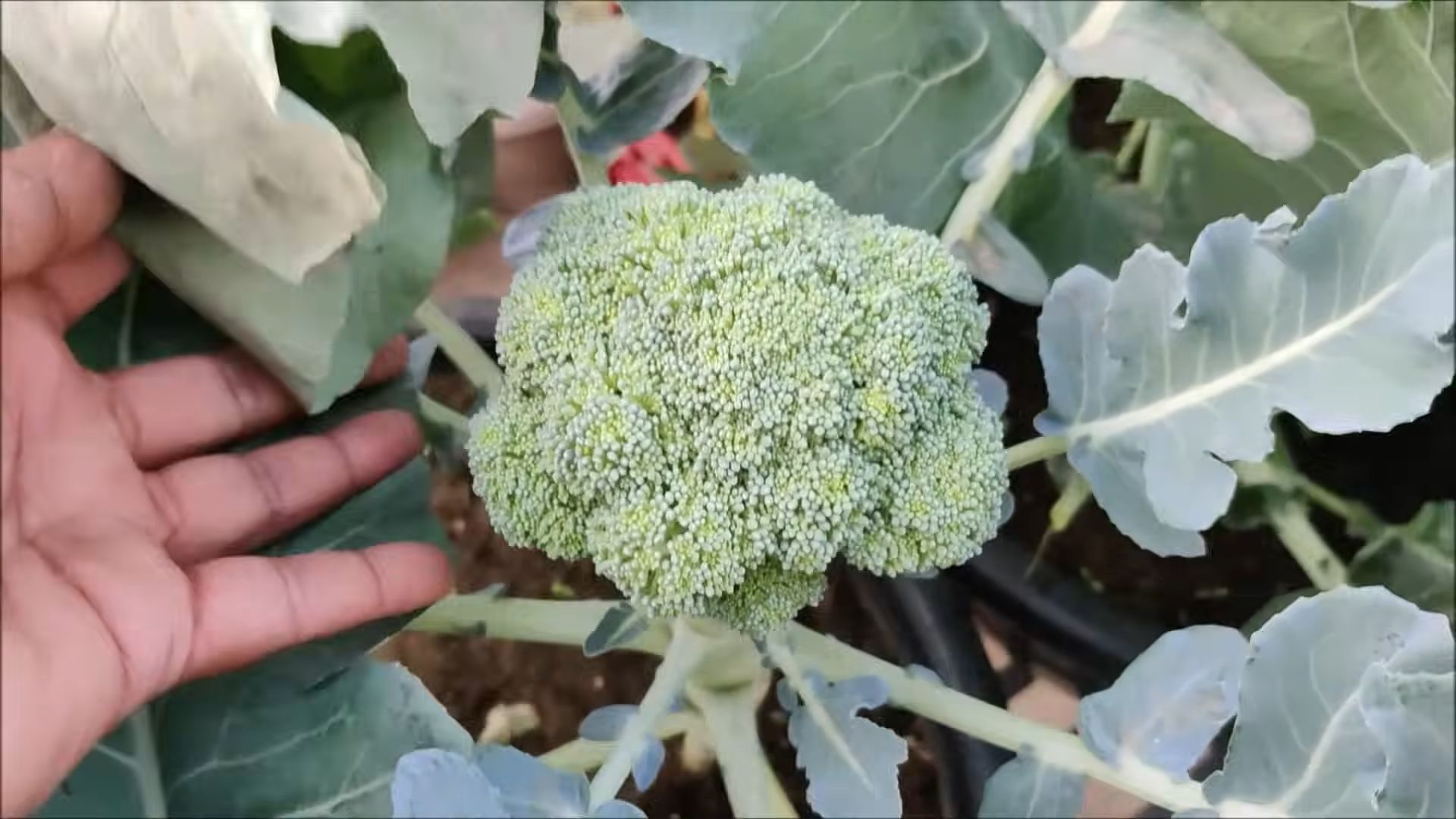
Growing Broccoli at Home: A Beginner’s Guide
Okay, so you want to grow broccoli at home? Awesome! It’s totally doable, and honestly, there’s nothing quite like harvesting your own fresh, crunchy broccoli. I’ve been growing my own for a few years now, and I’m excited to share my tips and tricks with you. This guide will walk you through everything from starting seeds to harvesting your delicious, homegrown broccoli.
Choosing Your Broccoli Variety
First things first, let’s talk about broccoli varieties. There are tons of options out there, and the best one for you will depend on your climate and personal preferences. Here are a few popular choices:
* ‘Waltham 29’: This is a classic, reliable variety that’s known for its good flavor and heat tolerance. It’s a great choice for beginners.
* ‘Packman’: This variety matures quickly, making it ideal for gardeners in areas with short growing seasons.
* ‘DiCicco’: This is an heirloom variety that produces a large main head followed by smaller side shoots, giving you a longer harvest period.
* ‘Romanesco’: If you’re feeling adventurous, try growing Romanesco broccoli! It has a unique, fractal-like appearance and a mild, nutty flavor.
Consider your local climate and the length of your growing season when making your choice. Seed packets usually provide helpful information about each variety’s specific needs.
Starting Your Broccoli Seeds
You have two main options for starting your broccoli: direct sowing or starting seeds indoors. I personally prefer starting seeds indoors because it gives me a head start on the growing season and protects the seedlings from pests and harsh weather.
Starting Seeds Indoors
1. Gather Your Supplies: You’ll need seed starting trays or small pots, seed starting mix (not regular potting soil!), broccoli seeds, a spray bottle, and a grow light (optional, but highly recommended).
2. Prepare Your Seed Starting Trays: Fill your trays or pots with seed starting mix, leaving about half an inch of space at the top. Gently tap the trays to settle the mix.
3. Sow Your Seeds: Make a small indentation (about ¼ inch deep) in the center of each cell or pot. Place 2-3 broccoli seeds in each indentation. This ensures at least one seed will germinate.
4. Cover the Seeds: Gently cover the seeds with seed starting mix.
5. Water Thoroughly: Use a spray bottle to thoroughly moisten the seed starting mix. You want it to be damp, but not soggy.
6. Provide Light and Warmth: Place your seed starting trays in a warm location (around 70-75°F) and under a grow light. If you don’t have a grow light, a sunny windowsill will work, but be sure to rotate the trays regularly to prevent the seedlings from leaning towards the light.
7. Keep the Soil Moist: Check the soil moisture daily and water as needed to keep it consistently damp. Don’t let it dry out!
8. Thin the Seedlings: Once the seedlings have emerged and have a couple of true leaves (the second set of leaves), thin them to one seedling per cell or pot. Choose the strongest, healthiest-looking seedling and snip off the others at the soil line. Don’t pull them out, as this can disturb the roots of the remaining seedling.
Direct Sowing
If you live in an area with a mild climate and a long growing season, you can direct sow your broccoli seeds directly into the garden.
1. Prepare Your Garden Bed: Choose a sunny location with well-drained soil. Amend the soil with compost or other organic matter to improve its fertility.
2. Sow Your Seeds: Sow the seeds about ½ inch deep and 18-24 inches apart.
3. Water Thoroughly: Water the soil thoroughly after sowing.
4. Keep the Soil Moist: Keep the soil consistently moist until the seedlings emerge.
5. Thin the Seedlings: Once the seedlings have emerged and have a couple of true leaves, thin them to one plant every 18-24 inches.
Transplanting Your Broccoli Seedlings
Whether you started your seeds indoors or direct sowed, it’s time to transplant your broccoli seedlings into the garden when they are about 4-6 weeks old and have 4-6 true leaves.
1. Harden Off Your Seedlings: Before transplanting, you need to “harden off” your seedlings. This means gradually exposing them to outdoor conditions over a period of 7-10 days. Start by placing them outside in a sheltered location for a few hours each day, gradually increasing the amount of time they spend outdoors. This will help them adjust to the sun, wind, and temperature changes.
2. Prepare Your Garden Bed: Choose a sunny location with well-drained soil. Broccoli needs at least 6 hours of sunlight per day. Amend the soil with compost or other organic matter to improve its fertility.
3. Dig Your Holes: Dig holes that are slightly larger than the root balls of your seedlings, spacing them 18-24 inches apart.
4. Transplant Your Seedlings: Gently remove the seedlings from their trays or pots. If the roots are tightly bound, gently loosen them before planting. Place the seedlings in the holes and backfill with soil, gently firming the soil around the base of the plants.
5. Water Thoroughly: Water the transplanted seedlings thoroughly.
6. Mulch: Apply a layer of mulch around the plants to help retain moisture, suppress weeds, and regulate soil temperature. Straw, wood chips, or shredded leaves are all good options.
Caring for Your Broccoli Plants
Once your broccoli plants are in the ground, it’s important to provide them with the care they need to thrive.
* Watering: Broccoli needs consistent moisture, especially during hot, dry weather. Water deeply and regularly, aiming to keep the soil consistently moist but not soggy.
* Fertilizing: Broccoli is a heavy feeder, so it benefits from regular fertilization. Apply a balanced fertilizer every 2-3 weeks, following the instructions on the package. You can also side-dress the plants with compost or aged manure.
* Weeding: Keep the garden bed free of weeds, as they can compete with the broccoli plants for nutrients and water.
* Pest Control: Broccoli is susceptible to a few common pests, including cabbage worms, aphids, and flea beetles. Inspect your plants regularly for signs of infestation and take action promptly. You can use organic pest control methods, such as insecticidal soap, neem oil, or Bacillus thuringiensis (Bt).
* Supporting the Plants: As the broccoli heads get larger, they may become heavy and cause the plants to topple over. If this happens, you can support the plants with stakes or cages.
Harvesting Your Broccoli
The moment you’ve been waiting for! Knowing when to harvest your broccoli is key to getting the best flavor and texture.
1. Check the Head: The broccoli head is ready to harvest when the flower buds are tight and compact. If the buds start to open and show yellow flowers, it’s time to harvest immediately.
2. Cut the Head: Use a sharp knife to cut the main head from the plant, leaving about 6 inches of stem.
3. Encourage Side Shoots: After harvesting the main head, the plant will often produce smaller side shoots. These can be harvested as they mature, giving you a longer harvest period.
4. Store Your Broccoli: Freshly harvested broccoli can be stored in the refrigerator for up to a week. To keep it fresh, wrap it loosely in a damp paper towel and store it in a plastic bag.
Troubleshooting Common Broccoli Problems
Even with the best care, you might encounter a few problems while growing broccoli. Here are some common issues and how to address them:
* Yellowing Leaves: This can be caused by a variety of factors, including nutrient deficiencies, overwatering, or disease. Check the soil moisture and nutrient levels, and treat any diseases as needed.
* Small Heads: Small heads can be caused by insufficient sunlight, poor soil fertility, or overcrowding. Make sure your plants are getting enough sunlight and nutrients, and thin them if they are too close together.
* Bolting: Bolting (premature flowering) can be caused by hot weather or stress. Choose heat-tolerant varieties and provide consistent moisture to prevent bolting.
* Pest Infestations: As mentioned earlier, broccoli is susceptible to a few common pests. Inspect your plants regularly and take action promptly to control infestations.
Enjoying Your Homegrown Broccoli
Congratulations! You’ve successfully grown your own broccoli. Now it’s time to enjoy the fruits (or rather, vegetables) of your labor. There are endless ways to prepare broccoli, from steaming and roasting to stir-frying and adding it to soups and salads. Experiment with different recipes and find your favorites.
Growing broccoli at
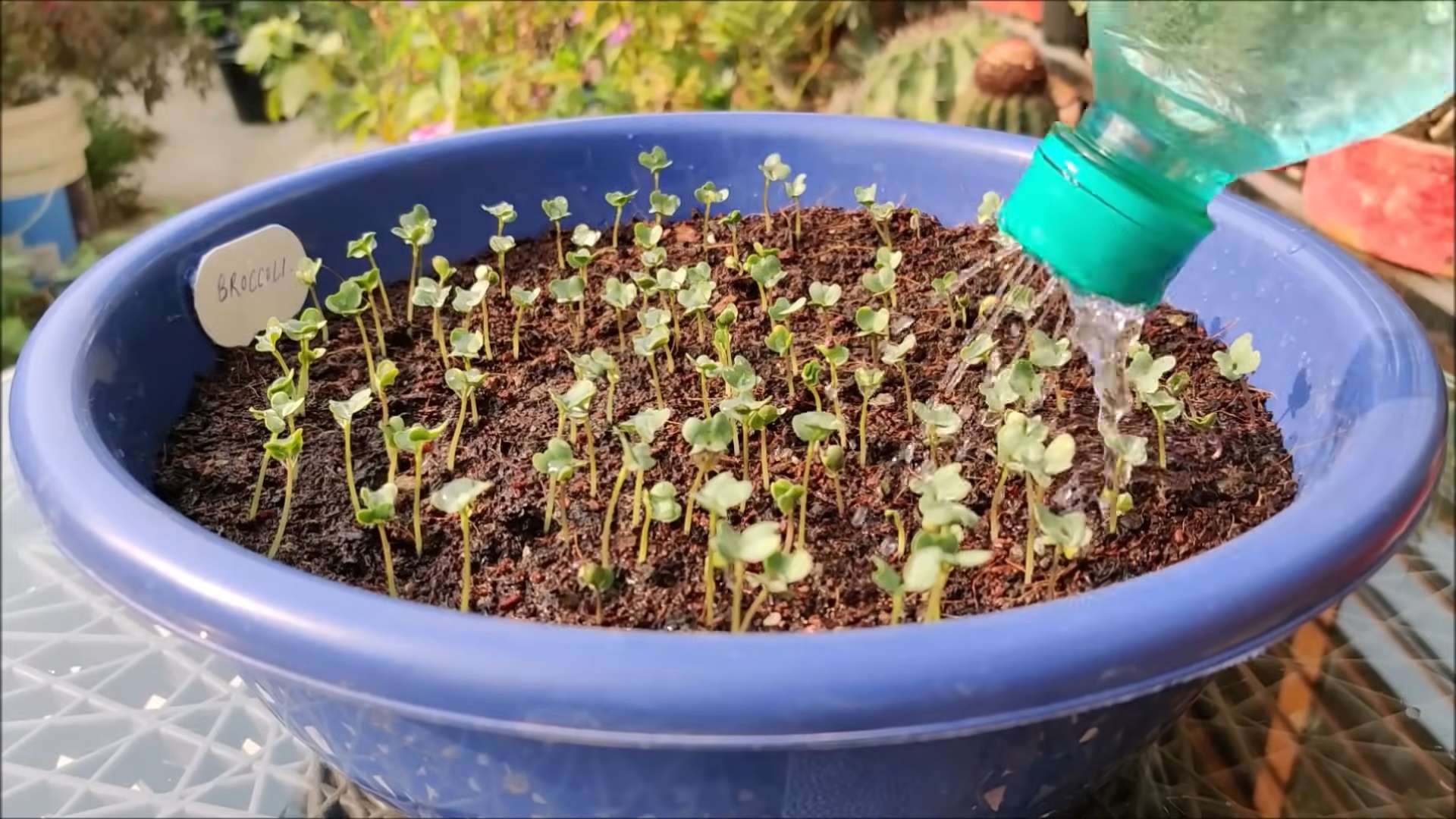
Conclusion
So, there you have it! Growing broccoli at home isn’t just a gardening project; it’s a gateway to fresher, more flavorful meals and a deeper connection with the food you eat. We’ve walked through the steps, from seed to harvest, and hopefully demystified the process. The benefits are undeniable: you control the growing conditions, ensuring your broccoli is free from unwanted pesticides and herbicides. You harvest at peak ripeness, maximizing flavor and nutritional value. And, let’s be honest, there’s a certain satisfaction that comes from nurturing a plant from a tiny seed to a bountiful head of broccoli.
This DIY trick is a must-try for anyone looking to elevate their culinary experience and embrace a more sustainable lifestyle. Imagine serving a vibrant, freshly harvested broccoli side dish at your next dinner party, knowing you grew it yourself! The taste difference alone is worth the effort. Store-bought broccoli simply can’t compare to the crisp, sweet flavor of homegrown.
But don’t stop there! Experiment with different varieties of broccoli. Try growing Romanesco broccoli for its stunning fractal patterns and unique flavor. Or, explore sprouting broccoli, which offers a continuous harvest of tender shoots and florets. You can also adjust your planting schedule to extend your broccoli season. Succession planting, where you sow seeds every few weeks, will ensure a steady supply of fresh broccoli throughout the growing season. Consider companion planting too! Marigolds can deter pests, while herbs like dill and rosemary can enhance the flavor of your broccoli.
Growing broccoli at home is an incredibly rewarding experience. It’s a chance to connect with nature, learn new skills, and enjoy the freshest, most delicious broccoli imaginable. Don’t be intimidated by the process. Start small, be patient, and learn from your mistakes. Every gardener, even the most experienced, has faced challenges along the way. The key is to keep learning and adapting.
We encourage you to take the plunge and try growing broccoli at home. Share your experiences with us! We’d love to hear about your successes, your challenges, and any tips or tricks you’ve discovered along the way. Post photos of your homegrown broccoli on social media and tag us. Let’s build a community of home gardeners who are passionate about fresh, healthy food.
Remember, the journey of a thousand miles begins with a single seed. So, grab your seeds, get your hands dirty, and start growing your own delicious broccoli today! You won’t regret it.
Frequently Asked Questions (FAQ)
What is the best time of year to plant broccoli?
The best time to plant broccoli depends on your climate. In regions with mild winters, you can plant broccoli in the fall for a winter or early spring harvest. In colder climates, start seeds indoors 6-8 weeks before the last expected frost and transplant them outdoors after the danger of frost has passed. For a fall harvest in colder climates, start seeds indoors in mid-summer. The key is to provide broccoli with cool temperatures, ideally between 60-70°F (15-21°C), for optimal growth. Hot weather can cause broccoli to bolt (go to seed) prematurely.
How much sunlight does broccoli need?
Broccoli needs at least 6 hours of direct sunlight per day to thrive. Choose a sunny location in your garden where your broccoli plants will receive ample sunlight throughout the day. If you live in a particularly hot climate, some afternoon shade can be beneficial to prevent bolting.
What kind of soil is best for growing broccoli?
Broccoli prefers well-drained, fertile soil that is rich in organic matter. Amend your soil with compost or well-rotted manure before planting to improve drainage and fertility. Broccoli also prefers a slightly acidic to neutral soil pH, ideally between 6.0 and 7.0. You can test your soil pH with a soil testing kit and amend it accordingly.
How often should I water my broccoli plants?
Broccoli needs consistent moisture to grow properly. Water your plants deeply and regularly, especially during dry periods. Aim to keep the soil consistently moist but not waterlogged. Mulching around your plants can help retain moisture and suppress weeds. A good rule of thumb is to water when the top inch of soil feels dry to the touch.
What are some common pests and diseases that affect broccoli?
Broccoli is susceptible to several pests and diseases, including cabbage worms, aphids, flea beetles, and clubroot. Regularly inspect your plants for signs of pests or diseases and take appropriate action. You can use organic pest control methods, such as insecticidal soap or neem oil, to control pests. To prevent clubroot, ensure your soil is well-drained and avoid planting broccoli in the same location year after year. Crop rotation is crucial for preventing soilborne diseases.
How do I know when my broccoli is ready to harvest?
Broccoli is ready to harvest when the head is firm and the florets are tightly closed. The ideal size of the head will vary depending on the variety, but generally, you should harvest when the head is about 6-8 inches in diameter. Use a sharp knife to cut the head from the plant, leaving a few inches of stem. After harvesting the main head, the plant may produce smaller side shoots that you can also harvest.
Can I grow broccoli in containers?
Yes, you can grow broccoli in containers, but you’ll need to choose a large container, at least 12 inches in diameter, to accommodate the plant’s root system. Use a high-quality potting mix and ensure the container has good drainage. Container-grown broccoli may require more frequent watering and fertilization than broccoli grown in the ground. Choose a dwarf variety of broccoli for container growing.
How do I prevent broccoli from bolting?
Bolting, or premature flowering, is a common problem with broccoli, especially in hot weather. To prevent bolting, choose heat-tolerant varieties, plant broccoli at the right time of year, and provide adequate water and shade during hot periods. Mulching around your plants can also help keep the soil cool.
Can I eat the leaves of the broccoli plant?
Yes, the leaves of the broccoli plant are edible and nutritious. They can be cooked like spinach or kale. Harvest the leaves while they are young and tender for the best flavor.
What are some good companion plants for broccoli?
Good companion plants for broccoli include marigolds, nasturtiums, dill, rosemary, thyme, and onions. Marigolds and nasturtiums deter pests, while herbs like dill and rosemary can enhance the flavor of your broccoli. Onions can also help repel pests. Avoid planting broccoli near tomatoes, strawberries, or beans, as these plants can compete for nutrients or attract pests.

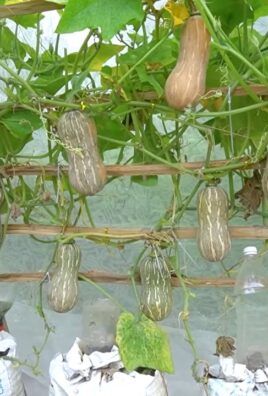
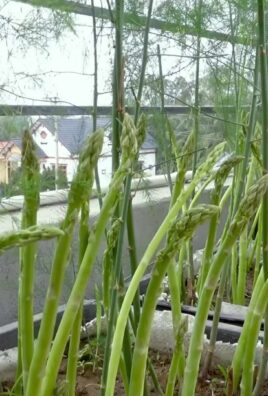
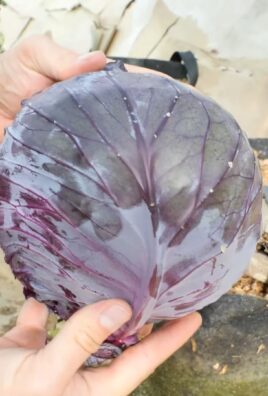
Leave a Comment